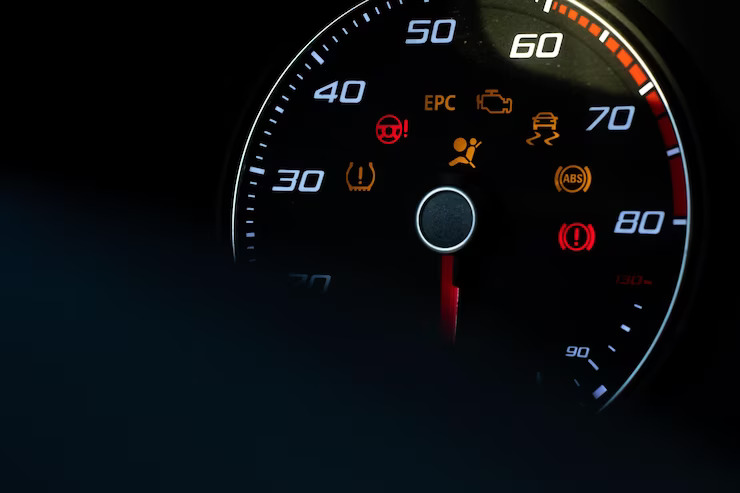The emergency brake, also known as the parking brake, is an important safety feature in vehicles that helps prevent unintended movement when the vehicle is parked or stopped. In some vehicles, there is a warning light associated with the emergency brake release system, which alerts drivers to potential issues with its operation. In this article, we will explore the causes behind emergency brake release warning lights and provide solutions to address them effectively.
Causes of Emergency Brake Release Warning Lights:
- Insufficient Brake Fluid: One common cause of the emergency brake release warning light is low brake fluid levels. The emergency brake system may utilize hydraulic pressure from the brake fluid to engage and release the brake. If the fluid level is low, it can hinder the system’s operation and trigger the warning light. Checking the brake fluid reservoir under the hood and refilling it with the recommended brake fluid can often resolve this issue.
- Faulty Brake Switch: The emergency brake release warning light is often connected to a switch that detects whether the emergency brake is engaged or released. If this switch malfunctions or becomes misaligned, it can erroneously indicate that the emergency brake is engaged, triggering the warning light. Inspecting the brake switch for any damage or misalignment and replacing it if necessary should resolve this issue.
- Broken Cables or Linkage: The emergency brake release system relies on cables or linkage to engage and release the brake. If these components become damaged, rusted, or broken, it can prevent the emergency brake from releasing fully, leading to the warning light activation. Carefully inspecting the cables or linkage for any signs of damage or wear and replacing them as needed is crucial to restoring the proper operation of the emergency brake system.
- Malfunctioning Release Mechanism: The release mechanism of the emergency brake can sometimes become stuck or malfunction, preventing the brake from disengaging completely. This can trigger the warning light. Applying lubrication to the release mechanism or seeking professional assistance to diagnose and repair the malfunctioning parts is recommended in such cases.
Fixes for Emergency Brake Release Warning Lights:
- Check Brake Fluid Level: Start by checking the brake fluid level in the reservoir and topping it up if it is low. Be sure to use the recommended brake fluid type as specified in the vehicle’s manual.
- Inspect and Replace Brake Switch: Carefully inspect the brake switch for any damage or misalignment. If needed, replace the brake switch with a new one to ensure accurate detection of the emergency brake status.
- Examine Cables and Linkage: Thoroughly inspect the cables and linkage connected to the emergency brake for any signs of damage, rust, or breakage. Replace any faulty components to restore proper functionality.
- Lubricate Release Mechanism: If the release mechanism appears to be sticking or malfunctioning, apply a suitable lubricant to the affected parts to facilitate smooth operation. If the problem persists, consult a professional technician for further diagnosis and repair.
Emergency brake release warning lights are crucial indicators of potential issues with the emergency brake system. It is important to address these warning lights promptly to ensure the proper functioning of the emergency brake and maintain safety on the road. By understanding the causes behind these warning lights and following the suggested fixes, drivers can diagnose and resolve problems associated with the emergency brake release system effectively. However, for complex issues or if unsure about the necessary repairs, it is advisable to seek assistance from a qualified technician to ensure accurate diagnosis and appropriate solutions.











